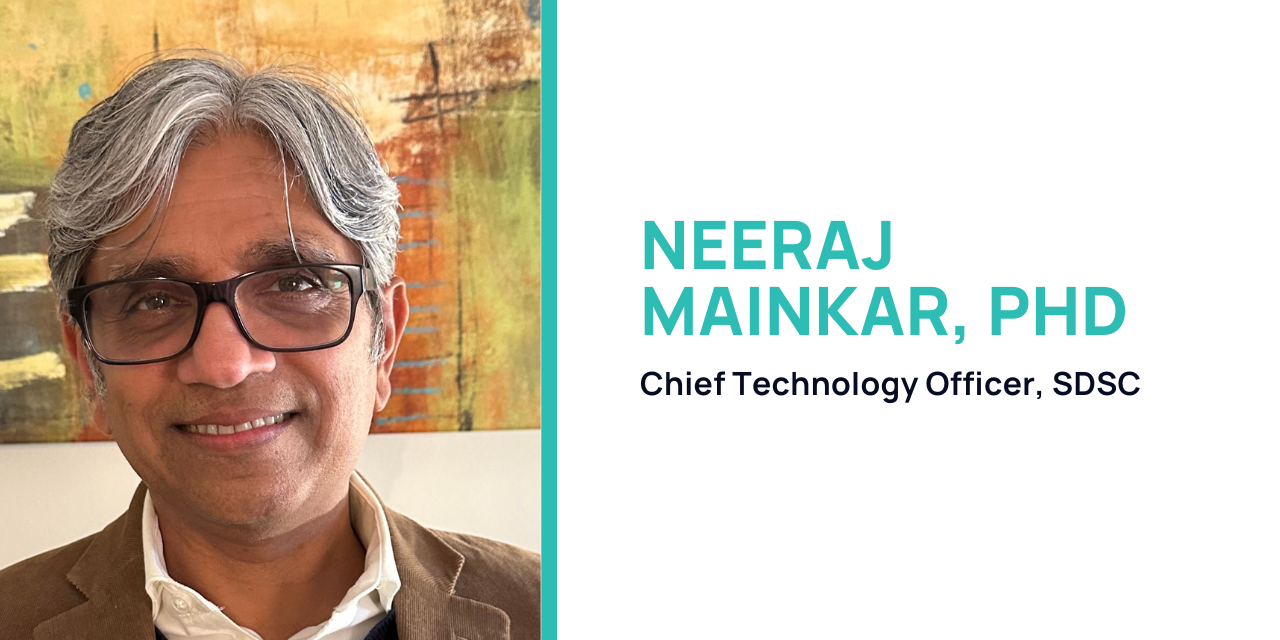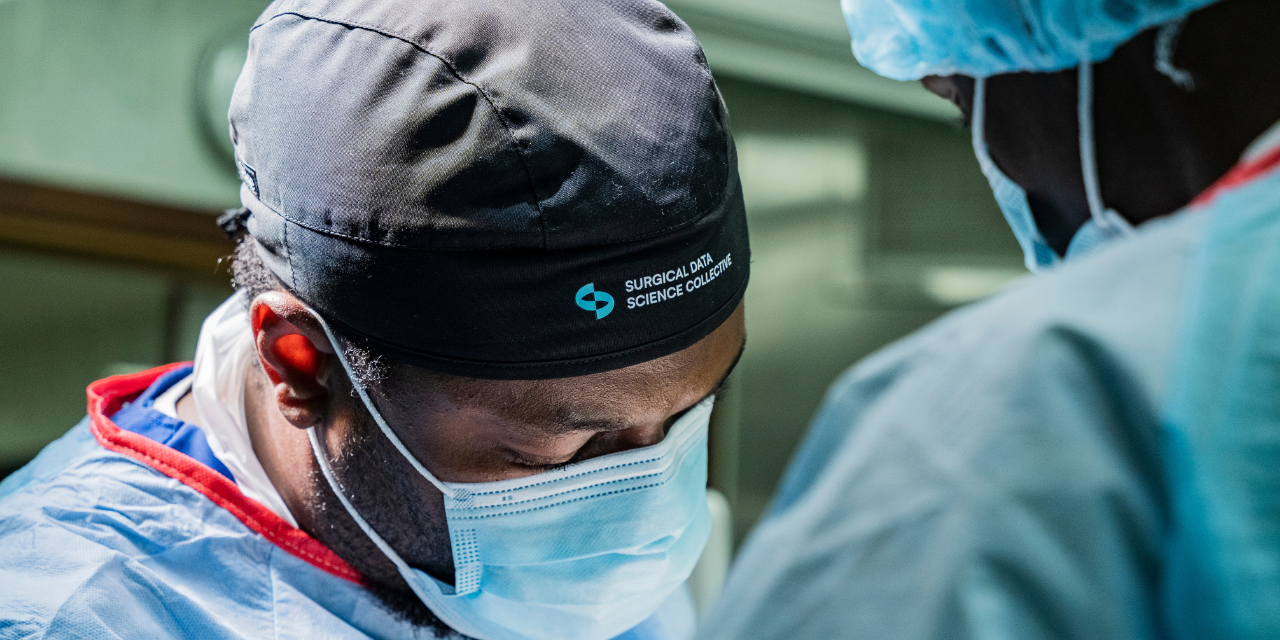
The inaugural Artificial Intelligence and Innovation in Medicine Meeting (AI2M) in Bologna, Italy, marked a pivotal moment in the evolution of global surgical AI, where key innovators from the Surgical Data Science Collective (SDSC) presented groundbreaking advancements poised to transform the future of surgery. Margaux Masson-Forsythe, SDSC’s Director of Machine Learning and Dr. Daniel A. Donoho, SDSC’s Founder and President, shared key insights into the challenges and opportunities in AI for surgery.

The conference brought together an impressive array of expert clinicians and engineers from around the world to develop integrated solutions that leverage decades of computer science advancements, focusing on procedural medicine, robotic surgery, and surgical simulation. These innovations aim to improve clinical outcomes, safety, and efficiency. The conference also explored regulatory challenges in healthcare AI, focusing on accelerating the implementation of these technologies.
Margaux Masson-Forsythe delivered two crucial presentations. Her first talk, “Label Efficiency in Computer Vision Pipelines and Machine Learning Ops,” highlighted how optimizing data annotation can enhance machine learning model performance. By efficiently labeling surgical video frames, SDSC reduces the time and cost associated with training AI systems, making cutting-edge technology more accessible to researchers.

In her second talk, “Bridging the Data Gap in Surgical Data Science Research,” Margaux addressed one of the biggest challenges in surgical AI – data scarcity. Despite millions of hours of surgical video being generated annually, much of this data remains inaccessible, locked away in USB sticks and hard drives and seldom shared.
One of SDSC’s primary goals is to create a global repository of surgical videos, allowing wider collaboration and equitable access to research data. Here at SDSC we utilize our Surgical Video Platform (SVP), a private, secure, HIPAA-compliant system, to store and analyze surgical data, offering tools for skill evaluation and real-time assistance. However, data limitations, particularly regarding patient information, continue to impede AI’s potential in personalized care.
While Margaux focused on SDSC’s data accessibility and collaboration initiatives, Dr. Daniel A. Donoho presented critical work on how AI can enhance surgical efficiency, particularly in pituitary surgeries. In his talk “Efficiency of Surgical Approaches in Pituitary Surgery and Learning Curves,” he showcased how AI can track a surgeon’s progress, offering valuable feedback to refine techniques and improve patient outcomes. Dr. Donoho additionally moderated a panel comparing AI regulation in the US and Europe, examining the challenges and opportunities in adopting AI technologies across different regions. He also participated in a discussion on "Real-Time Model Application in Live Surgery," where he highlighted the technical and regulatory hurdles that must be overcome to implement AI in real-time surgical settings.

Both Margaux and Dr. Donoho emphasized the importance of collaboration to drive AI innovation in surgery. Margaux stressed that while significant progress has been made, facilitating partnerships across disciplines is essential to moving the field forward. SDSC’s mission to enhance data accessibility and build reusable machine learning pipelines positions it at the forefront of AI-driven surgical research. By fostering global partnerships and addressing critical gaps in data access and regulatory changes, SDSC aims to revolutionize surgical care and improve patient outcomes. The presentations from Margaux and Dr. Donoho underscore that the future of surgery lies in the integration of AI, with innovations in label efficiency and real-time modeling poised to transform healthcare. As these technologies evolve, collaboration across disciplines will be key to unlocking their full potential and reshaping surgical practices globally.






